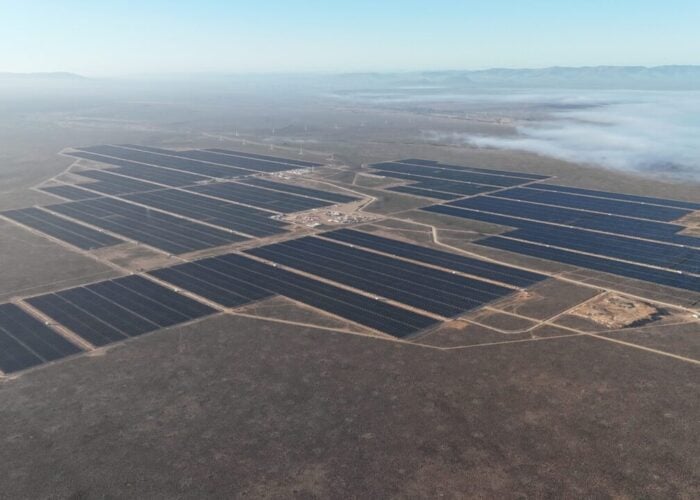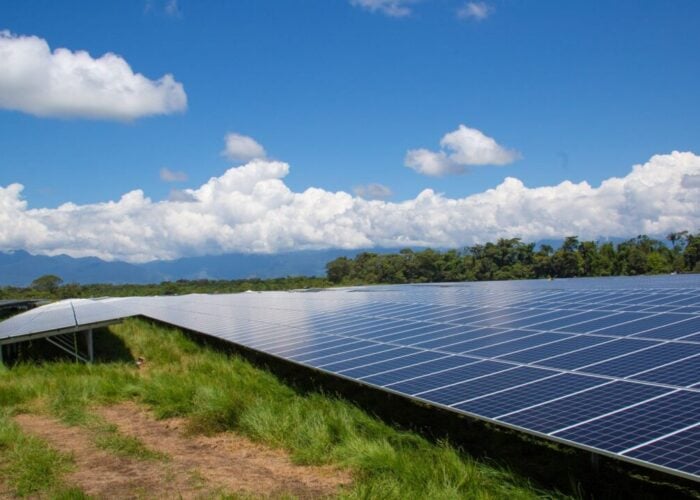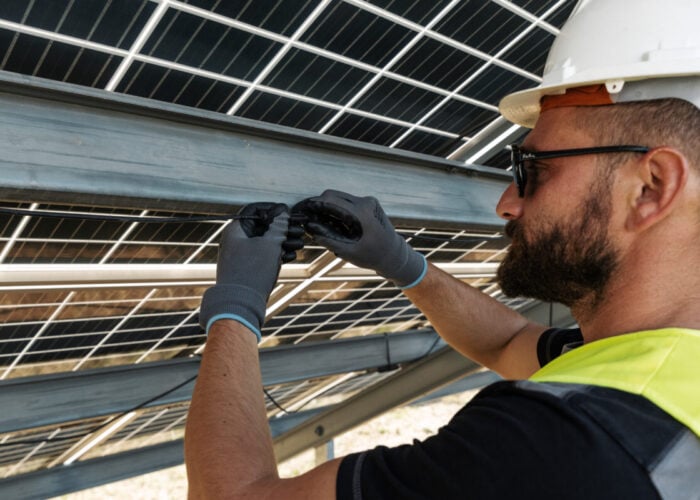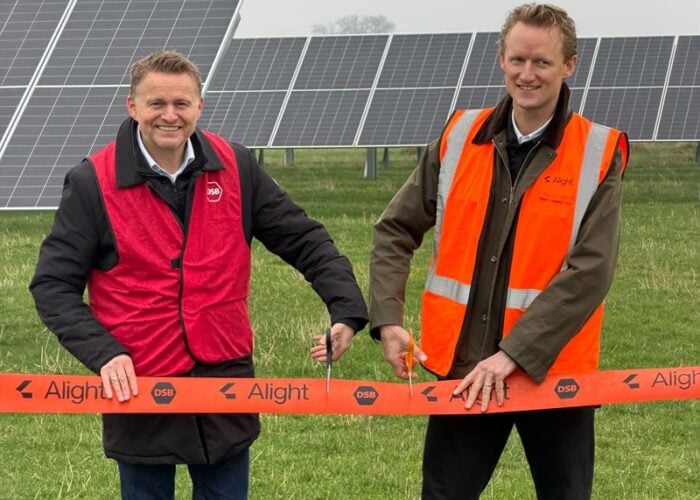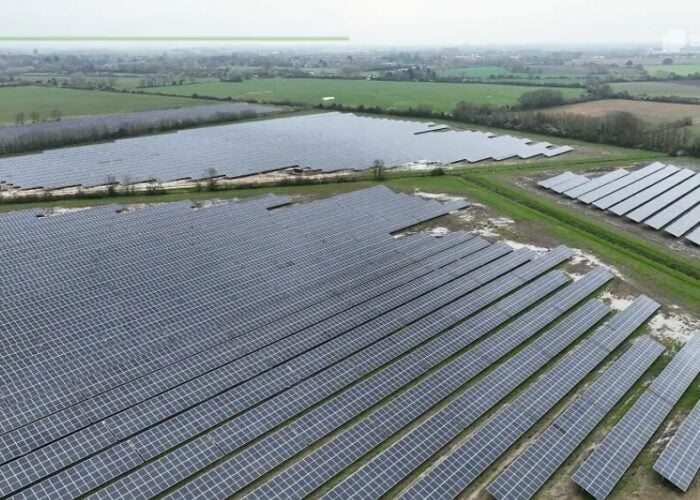8 February 2016 is a date reviled by the UK’s domestic solar industry. On that day a revised version of the small-scale feed-in tariff came into effect. It’s a date that will be firmly etched into UK renewables folklore, one that flipped an entire industry on its head and one, ultimately, that UK solar is still reeling from two years later.
The last two years have seen much soul searching from the UK solar industry. Businesses have gone bust and swathes of contractors have lost their jobs, the majority aiming to find work in other electrical industries or filling alternative roles on the nation’s rooftops. Deployment of residential rooftop solar systems remains around 80% down on what was the norm under the previous rates.
Try Premium for just $1
- Full premium access for the first month at only $1
- Converts to an annual rate after 30 days unless cancelled
- Cancel anytime during the trial period
Premium Benefits
- Expert industry analysis and interviews
- Digital access to PV Tech Power journal
- Exclusive event discounts
Or get the full Premium subscription right away
Or continue reading this article for free
Trends in other technologies and indeed other countries have made the situation in solar all the more galling. Offshore wind, benefitting from Contracts for Difference support, has demonstrated significant reductions in cost, coming in at just £57.50/MWh. Meanwhile, the UK’s solar installers, developers, engineers and otherwise associated professions have had to watch with green-eyed frustration as countries throughout Europe have turned to solar in a big way.
It’s of little wonder that these days the domestic industry feels neglected, poorly treated and, above all, let down.
Government has continued to laud solar as one of the country’s success stories, almost oblivious to the hard times the industry has fallen on.
This is the inside track of UK solar’s search for a better FiT.
The full version of this long read article is hosted on PV Tech's sister publication Solar Power Portal, and can be viewed here.

